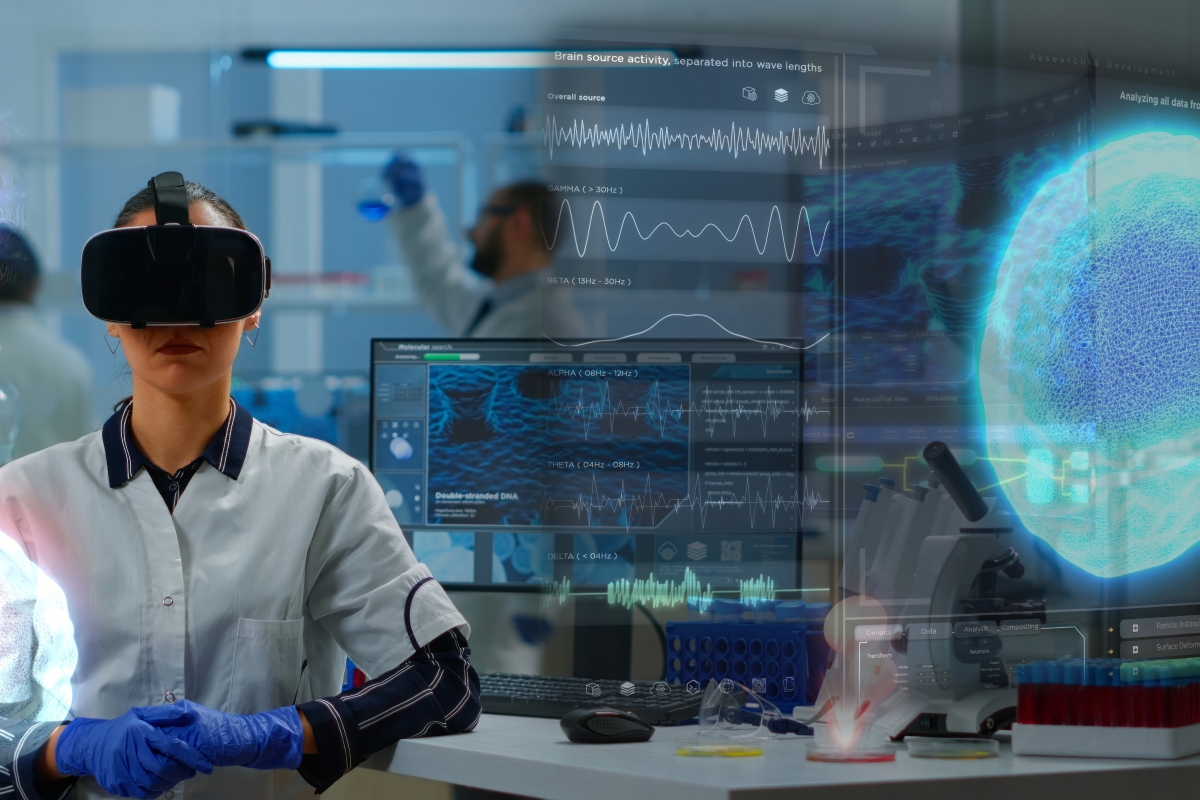The landscape of clinical research is undergoing a transformative shift driven by real-world data (RWD), artificial intelligence (AI), and a growing emphasis on patient-centric approaches.
The latest insights from TriNetX’s eBook, The Future Prescription: Leveraging Real-World Data to Navigate 5 Key Shifts in Healthcare and Clinical Research, highlight the fundamental changes shaping the future of healthcare. This review discusses the five key shifts outlined in the work of Karen Tunks, Director of Content & Communications at TriNetX, LLC, emphasizing the impact of RWD on clinical trials and regulatory processes.
1. Precision by Numbers: Data-Driven Clinical Trials
he integration of RWD is revolutionizing clinical trial design and execution. Predictive modeling and AI-driven analytics are optimizing study feasibility, reducing protocol amendments, and streamlining patient recruitment. This data-driven approach ensures faster enrollment and improved patient diversity, significantly cutting costs and trial durations.
Key Insights:
-
RWD improves feasibility assessments, minimizing costly protocol amendments and delays.
-
AI enhances recruitment strategies, leading to better enrollment outcomes.
-
Real-time data allows dynamic adaptation of trial parameters for efficiency and effectiveness.
TriNetX’s data-driven methodologies have significantly improved site identification for contract research organizations (CROs) and pharmaceutical firms, enabling enhanced investigator participation and higher site response rates.


2. Equity by Design: Inclusive Research Frameworks
Ensuring diversity in clinical trials is crucial for producing generalizable results and addressing healthcare disparities. Organizations must proactively design trials that include diverse populations, ensuring equitable representation throughout the research lifecycle.
Key Insights:
-
Inclusive trials improve outcomes across varied patient demographics.
-
Optimized eligibility criteria lead to higher recruitment success rates.
-
Real-time diversity monitoring enhances equitable representation.
TriNetX’s analytical tools have helped sponsors refine their inclusion and exclusion criteria, leading to a 29% increase in trial diversity and reducing disparities in medical research.
3. AI Meets RWD: Revolutionizing Drug Development
The convergence of AI and RWD is transforming drug development by enhancing hypothesis testing, optimizing trial design, and expediting regulatory approvals. AI-driven predictive modeling plays a crucial role in risk assessment and regulatory compliance.
Key Insights:
-
AI-driven insights improve site selection and patient identification.
-
Predictive modeling enhances early risk assessment and intervention.
-
AI-integrated RWD supports the generation of regulatory-grade real-world evidence (RWE).
TriNetX successfully deployed an AI-driven model for inflammatory bowel disease (IBD) trials, increasing clinical trial conversion rates for Crohn’s disease and ulcerative colitis to 85% and 70%, respectively.
4. Care Reimagined: Patient-Centric Approaches
Patient engagement is critical to modern clinical research, with digital tools and decentralized trials breaking participation barriers. This shift ensures that trial designs align more closely with real-world treatment scenarios.
Key Insights:
-
Digital and decentralized trial models improve accessibility.
-
Patient-first designs generate more applicable real-world data.
-
External control arms (ECAs) streamline studies and regulatory compliance.
TriNetX has enhanced recruitment for conditions like Lupus by using digital waiting rooms, improving enrollment efficiency. Additionally, TriNetX’s work on ECAs has optimized oncology trial recruitment, reducing costs and time spent on comparator group selection.
5. Evidence in Action: RWE’s Role in Regulatory Innovation
Regulatory agencies are increasingly relying on RWE to supplement traditional clinical data. This trend is reshaping how approvals are granted, how safety monitoring is conducted, and how healthcare challenges are addressed.
Key Insights:
-
RWE accelerates regulatory approvals by complementing trial data.
-
AI-assisted RWE analysis enhances post-market safety monitoring.
-
Comparative effectiveness research supports informed clinical and regulatory decisions.
TriNetX’s RWE capabilities have played a critical role in supporting oncology regulatory submissions. In a multiple myeloma study, RWD was leveraged to facilitate health technology assessments and regulatory approval processes.
Conclusion: Embracing the Future of Clinical Research
The healthcare industry is at a pivotal moment, where integrating RWD, AI, and patient-centric approaches is not just an option but a necessity. Organizations that leverage these innovations will lead the transformation of clinical research, ensuring better patient outcomes, improved regulatory processes, and more efficient drug development.
TriNetX’s contributions underscore the potential of these advancements in shaping the next era of medical research. For stakeholders in the healthcare ecosystem, adapting to these shifts will be crucial in navigating the evolving clinical research landscape.





